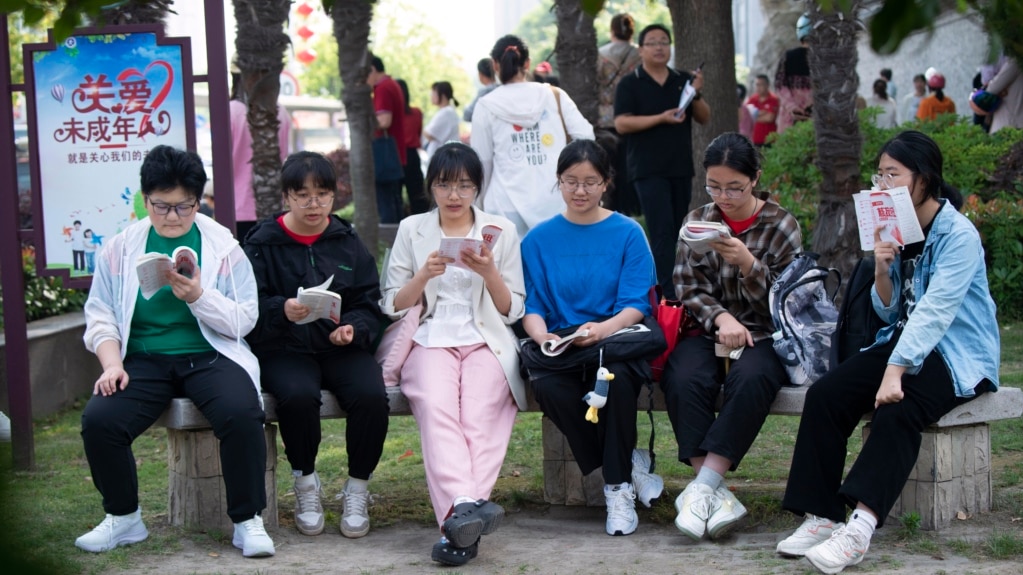A 17-year-old vocational school student from rural China is being celebrated on social media after reaching the final round of a math competition. She defeated many other students from top universities around the country.
Jiang Ping, who is studying fashion design, finished 12th in the Alibaba Global Math Competition. She is one of 802 competitors who made it to the final round — an eight-hour test that took place recently.
Damo Academy, the organizer of the competition, posted a video that included an interview with Jiang on social media. It received more than 800,000 likes and 90,000 comments shortly after it was posted.
Jiang says in the video that she did not think she deserved to join the competition. She also says she enjoys working on high-level math as it “brings out my desire to explore.”
Congratulations poured in. People visited her parents’ home in a village of the Jiangsu area on China’s east coast. They brought alcohol and money to show support. Her pictures were shown on the walls of shopping centers in her hometown, Lianshui. Zhejiang University and Jiangsu University praised her on their Weibo social media accounts.
It is unclear how Jiang ended up in vocational school. However, her story reminded some people in China of the inequality between rural and urban areas. Some believe the divide can make it harder for even the best students to climb the economic ladder.
“While Jiang Ping is openly celebrated, many Chinese feel deep down inside that her story highlights the hopelessness of Chinese education,” said Jiang Xueqin, a China-based education researcher. He said that citizens without power, wealth or “guanxi” - the Chinese term for connections – have little chance of success.
In recent years, inequality in education appears to have worsened.
China spent 17 percent less on education in rural areas than in cities in 2019 for the required nine years of education. That does not include high school. In 2013, spending was only two percent lower in rural areas. The findings are based on data from a Peking University report on the urban-rural divide in spending per capita.
Ministry of Education data show that 70 percent of students in China’s vocational schools are from rural areas. The high percentage suggests that the education system works like a caste system, Jiang, the researcher said. A caste system divides and groups people into a leveled social order.
Jiang, the rural student, is the only vocational school student among all the finalists. The others, who are mostly Chinese, mainly come from top universities such as the Massachusetts Institute of Technology (MIT), and California Institute of Technology (Caltech), as well as China’s top two schools, Tsinghua University and Peking University. Winners will be awarded $2,000 to $30,000 in prize money.
The large Chinese e-commerce company Alibaba established the competition six years ago. The company’s leader at the time, Jack Ma, said the goal was to find students who enjoy math and then encourage and support them.
Jiang did well enough on the entrance exam to go to high school, an official with the vocational school told state broadcaster CCTV.
The official said Jiang applied to the vocational school instead of a high school because her older sister and good friends were students there. Other Chinese media said it was because she came from a poor family, and the vocational school gave her a scholarship.
Jiang says in the video that she plans to get into a good university.
The Associated Press was not able to reach the student for comment.
I’m Caty Weaver.

